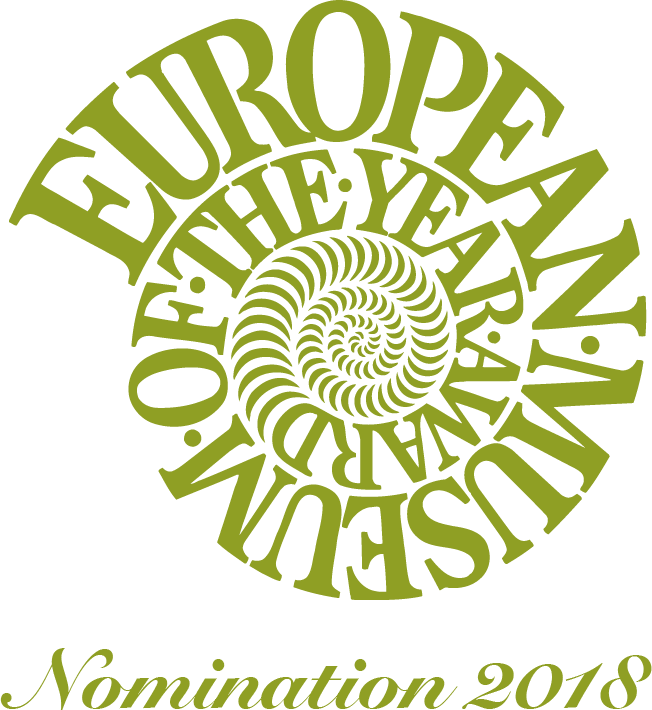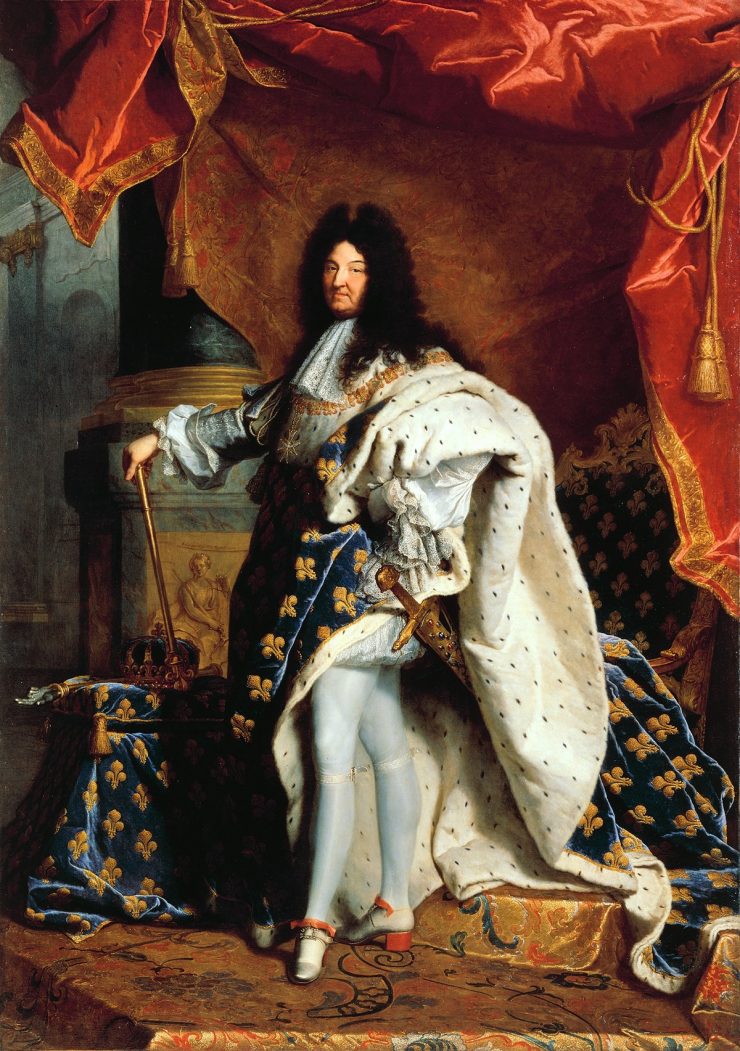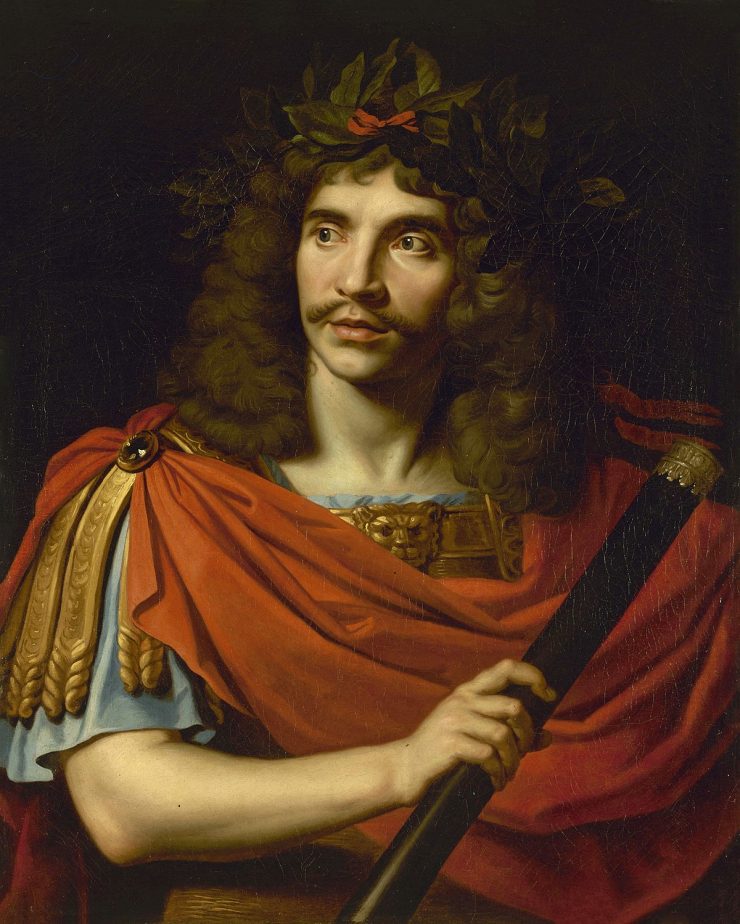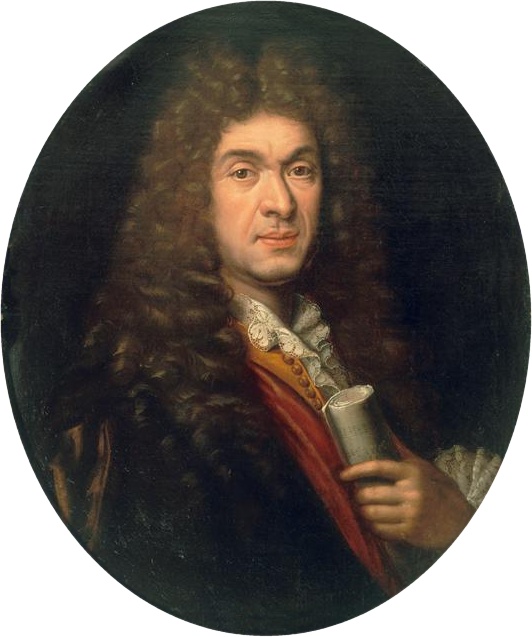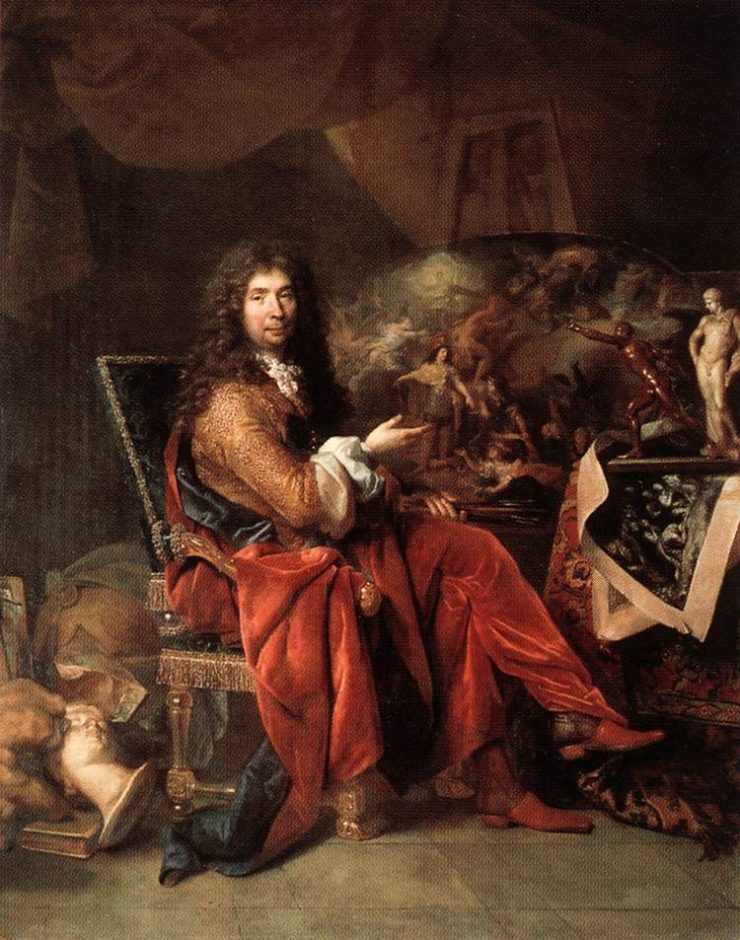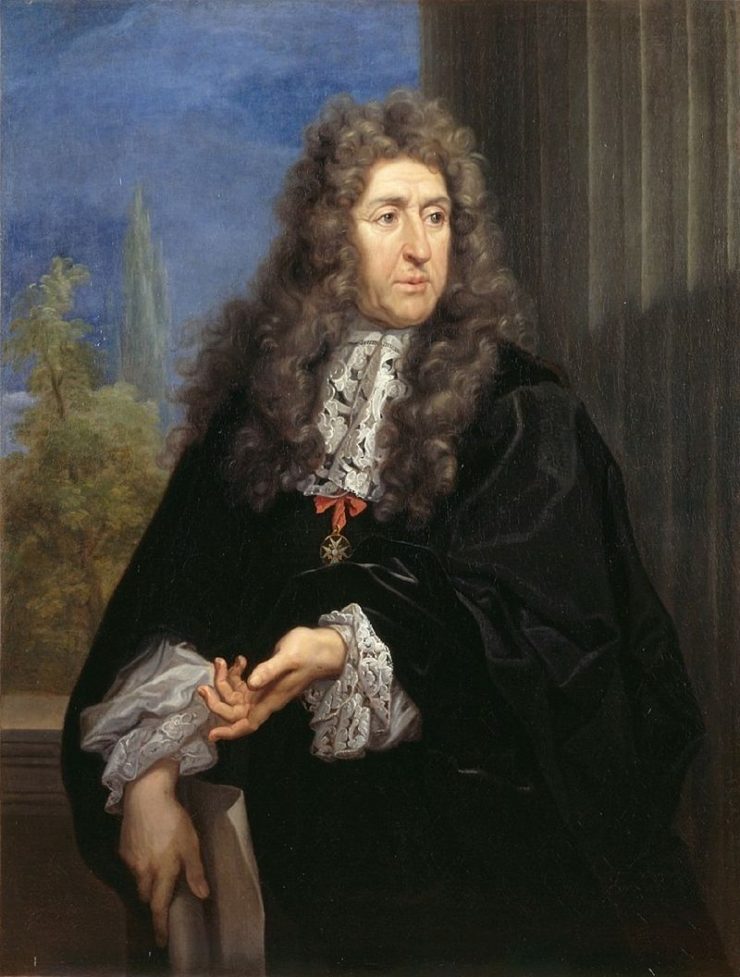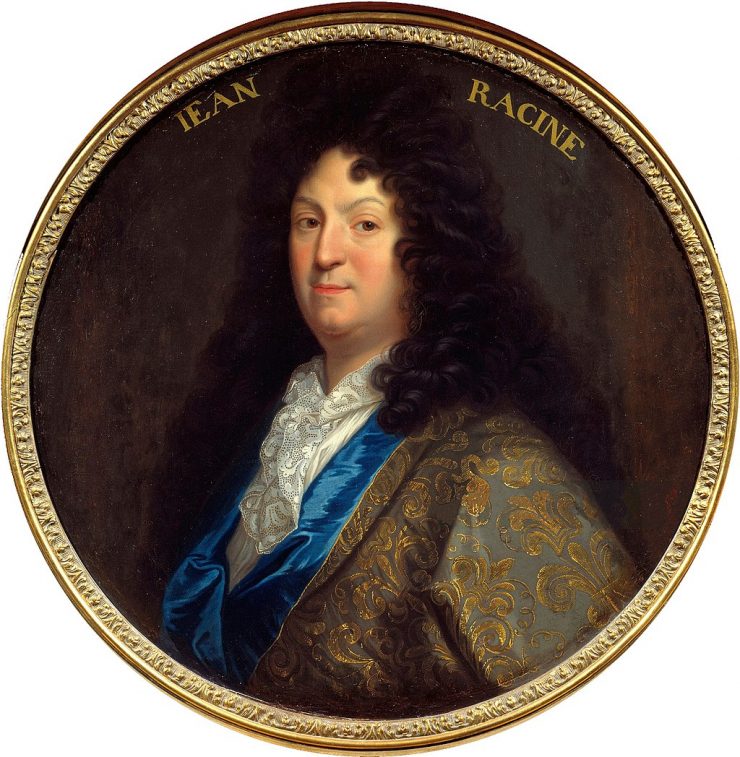Better known as the “Sun King”, Louis XIV was one of the greatest monarchs of France. His reign, although controversial, lasted 72 years and was marked by violence and wars, but also by the development of arts and culture.
Often associated with his excessive pride, the king was nevertheless a shy and reserved man, two traits that he described to the court as his legendary “self-control”, something that was to be found in the arts through the rigid standards of classicism. Trusting only a small circle of people, the reign of Louis “The Great” began with the Fronde, a deeply troubled period during which the great men of the French nobility revolted against the power of the king, who was then only 5 years old. This traumatic episode would later lead to the sovereign’s desire to rule his subjects with an iron fist, subjecting them to elaborate etiquette and life at Versailles.
Art was then placed at the service of His Majesty, which allowed him to have absolute control over his image and that of the State. Striving for excellence at all times, Louis surrounded himself with talented men on whom he imposed his own vision of beauty. The result was the famous Château de Versailles, a true embodiment of 17th century French savoir-faire.
Having quickly understood the importance of cultural prestige, Louis XIV was keen to implement an effective artistic policy through royal patronage and the protection and funding of the kingdom’s artists and craftsmen. These included the actor Molière, the Italian musician Lully, the king’s first painter Charles le Brun, the creator of the gardens of Versailles, André de Nôtre, and the playwright Jean Racine. The latter had a very special place in the king’s heart as he read to him in his private life. Louis also found him to have “a particular talent for making the beauty of works felt”.
In addition to these individual honours, the monarch also became a patron of the Académie Française. This institution, created by Cardinal de Richelieu, had as its first goal the creation of a dictionary of the language as well as its standards of spelling and grammar. Louis also provided funds and donated the famous forty armchairs, a symbol of the total equality of all academics, which are still in the Institut de France today. Thanks to this work, the “language of Molière” became the diplomatic language of all the royal courts.
He also founded the Académie des Sciences, the Académie Royale de la Musique, the Académie Royale d’Architecture and the Académie Royale de Peinture et de Sculpture, the future École des Beaux-Arts. The aim of the latter was to train the best artists of the reign. It was directed by Charles le Brun, the king’s first painter, who developed an effective teaching system based on copying the great masters and lectures aimed at theorising “beauty”, always at the service of the monarch. He also created the Académie de France in Rome, where the most deserving students were sent. It was his students who were responsible for most of the painted and sculpted decorations in the Château de Versailles.
In short, the monarch left many legacies, notably the image of a refined and luxurious France. A country of arts and letters. Voltaire himself, 36 years after the king’s death, published a book entitled “Le Siècle de Louis XIV“, an expression used today to describe the 17th century.
Did you know that?
– There are a total of 357 mirrors in the Hall of Mirrors. At that time, only the Venetians had the secret of making these objects. Louis XIV poached a number of them from Italy to work at Versailles.
– A few months before the king’s death, the courtiers were betting among themselves on the date of his death.
– The Mona Lisa ended up in the royal collection for a time and is said to have been on display in the king’s study at the Château de Versailles.
– The fountains at the Château de Versailles could not all be lit at the same time due to the lack of water.

